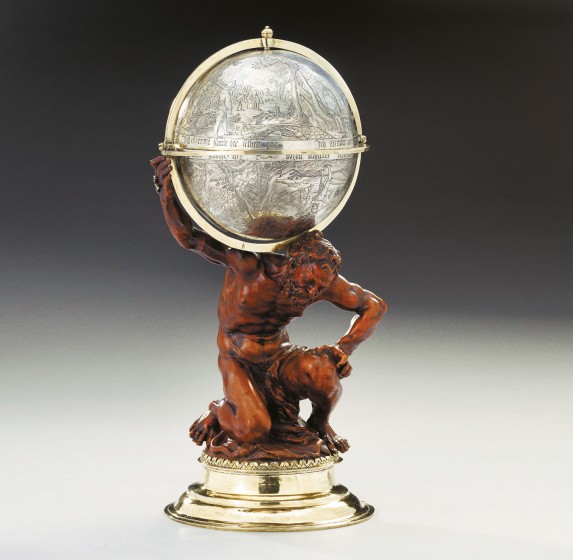It was a banner year for two of Canada’s leading art museums. In 2002 the Vancouver Art Gallery’s collection was vastly enhanced by a donation of contemporary photographs and photo-based works by Toronto art collector and philanthropist Alan Schwartz. The donation was valued at $3.5-million. Meanwhile, the Art Gallery of Ontario was awarded more than 2,000 works of art, including iconic Canadian masterworks and a selection of rare European art objects, donated by the late media mogul, arts patron and philanthropist Ken Thomson. It was the largest donation of artworks ever received by a Canadian cultural institution.
Not all donations to our heritage and to other non-profit institutions are so grand in scope, size and value. Be it one item or 2,000, donations of artwork, decorative and functional objects and archival fonds nevertheless build our nation’s collections, contribute to our collective memory, enhance our cultural patrimony and preserve records for the generations ahead.
The added bonus is that under the rubric of the Income Tax Act, the Canada Revenue Agency offers tax incentives to donors for their benevolence, to further encourage donations to registered charities. There are three provisions through which an object may be gifted and for which a tax receipt for the fair market value of the item may be issued: a donation of Certified Cultural Property, a Charitable Donation, or a Gift to Canada, a province or territory. While the intricacies of each of these provisions may be exhaustive, this set-up is certainly a multi-party pleaser; our individual income tax owed is decreased with tax credits, while the reservoir of our collective history is augmented.
It is wise to research the destination of your donation prior to committing to it. Cultural institutions have collecting mandates and do not accept everything and anything you wish to bestow. If you obtain the support of the curator or director of the intended body, your donation proposition is then formally submitted to their acquisitions committee and board of trustees for approval; a gift of artwork or other historical item must have relevance to the gallery or museum’s collection. If, for example, an art museum is reputed for their contemporary art holdings, they will not likely be interested in your 19th-century ornithological etchings. However, another institution may welcome the donation if it provides a better example of a similar work already owned by the gallery, or if it is an important piece in the artist’s body of work, presently under-represented in the institution’s holdings. Similarly the donation may close a lacuna in the institution’s representation of a certain period or style of work. Donations are usually rigorously screened; they have the power to position an institution as a major centre for research on a particular artist or era. The collection gifted to the Vancouver Art Gallery in 2002 propelled the institution onto the world stage—they now have one of the most comprehensive photo-based collections in North America with works by internationally acclaimed artists.
A donation needs to be a good fit for both parties. Estate executors are sometimes left with instructions to bestow works to ill-suited organizations. It is not easy to explain, but it can often be more displeasing for family members to have their offerings rejected or to have them languish in the bowels of steel storage systems. However, if an object dovetails with the institution’s holdings, it may be presented in exhibitions or loaned locally and abroad to others. An appropriately gifted object will also enhance our collective knowledge base and assist the work of scholars, students and other researchers.
Stipulations on a donated work such as commitment to exhibit the work, pledges not to sell the item and devices for recognition of the donor can be negotiated with the recipient institution upon approval for donation. Note as well that items valued over $1,000 require an independent appraisal by a qualified third party; items valued over $20,000 require two appraisals. The payment of such services is usually borne by the donor.
I won’t describe to you the splendid nature of the German boxwood carvings I recently viewed at the Art Gallery of Ontario’s Thomson Collection of European Works of Art; others have mined suitable superlatives enough. But in viewing them, I did realize how fortunate we are as a people to benefit from the philanthropic activities of our fellow citizens, especially when the donations are as sizeable as this one. Unfortunate, however, for the colleague I was later supposed to meet; the collection kept me 20 minutes late.
